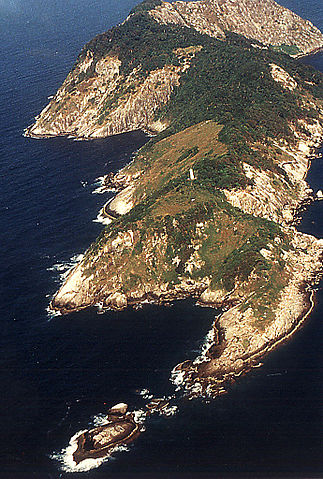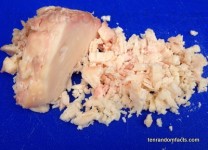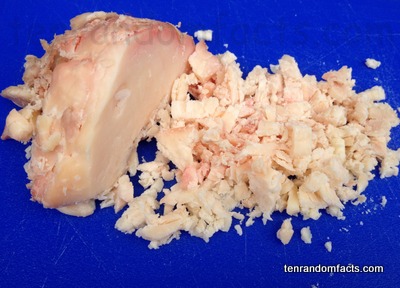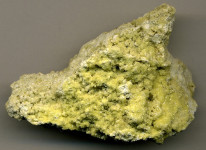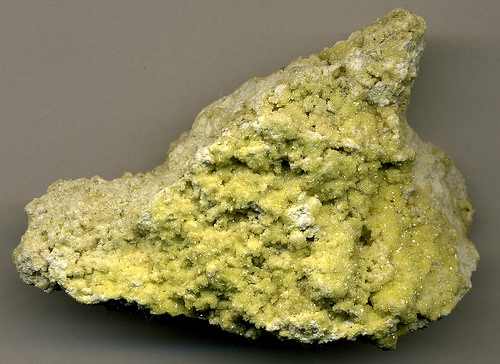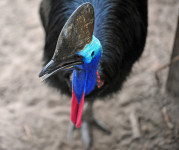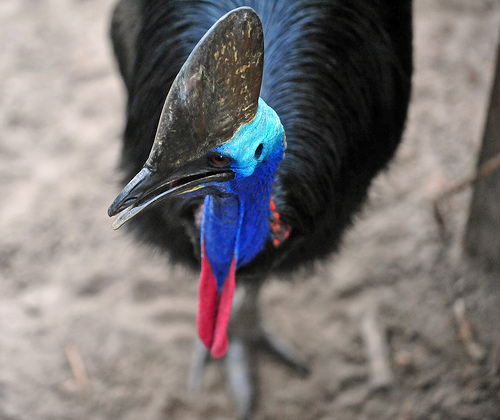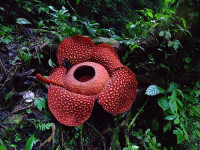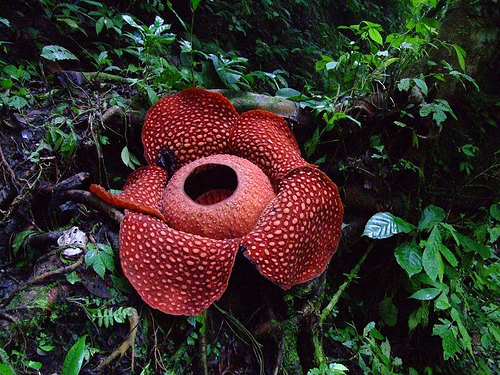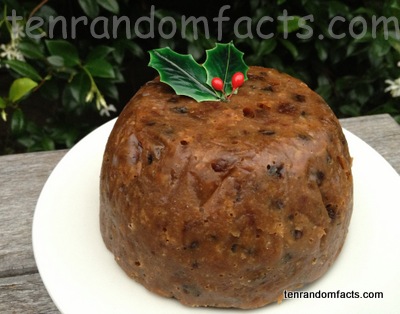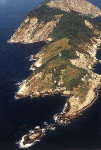
Ilha de Queimada Grande may not be the best place for a peaceful holiday.
- Ilha de Queimada Grande is a Brazilian island of small size with no inhabitants, found in the ocean near São Paulo, Brazil, in South America.
- ‘Ilha de Queimada Grande’, literally ‘great burnt island’, is also known as ‘Snake Island’ and ‘Queimada Grande Island’.
- At its highest point, Ilha de Queimada Grande reaches 206 metres (676 feet), and covers an area of 430,000 square metres (514,000 square yards).
- Ilha de Queimada Grande features a lighthouse that was first used from 1909 to warn passing ships of the island, however it was automated just over a decade later.
- The environment of Ilha de Queimada Grande ranges from grassy clearings to rainforest, spread across rocky terrain, and the island’s name is said to be a reference to the original practice of burning vegetation in readiness for a banana plantation there.
Ilha de Queimada Grande
Image courtesy of Wikimedia Commons
- The Golden Lancehead (Bothrops insularis), a critically endangered snake considered one of the deadliest on earth, is only found on Ilha de Queimada Grande, and there are an estimated 2000 to 4000 snakes of this species.
- Two shipwrecks of merchant watercraft lie in the waters surrounding Ilha de Queimada Grande, wrecked in 1893 and 1933 respectively.
- There are a number of species of snakes on Ilha de Queimada Grande, and the animal is in abundance, ranging from one to five snakes per square metre, making it a dangerous place to visit.
- There are a number of bird species, as well as spiders, amphibians and lizards, that occupy or visit Ilha de Queimada Grande, some of which are eaten by the snakes.
- The lighthouse operator once lived on Ilha de Queimada Grande, but since its automation, the Brazilian Government banned all visits to the island unless coordinated by credited scientists.



